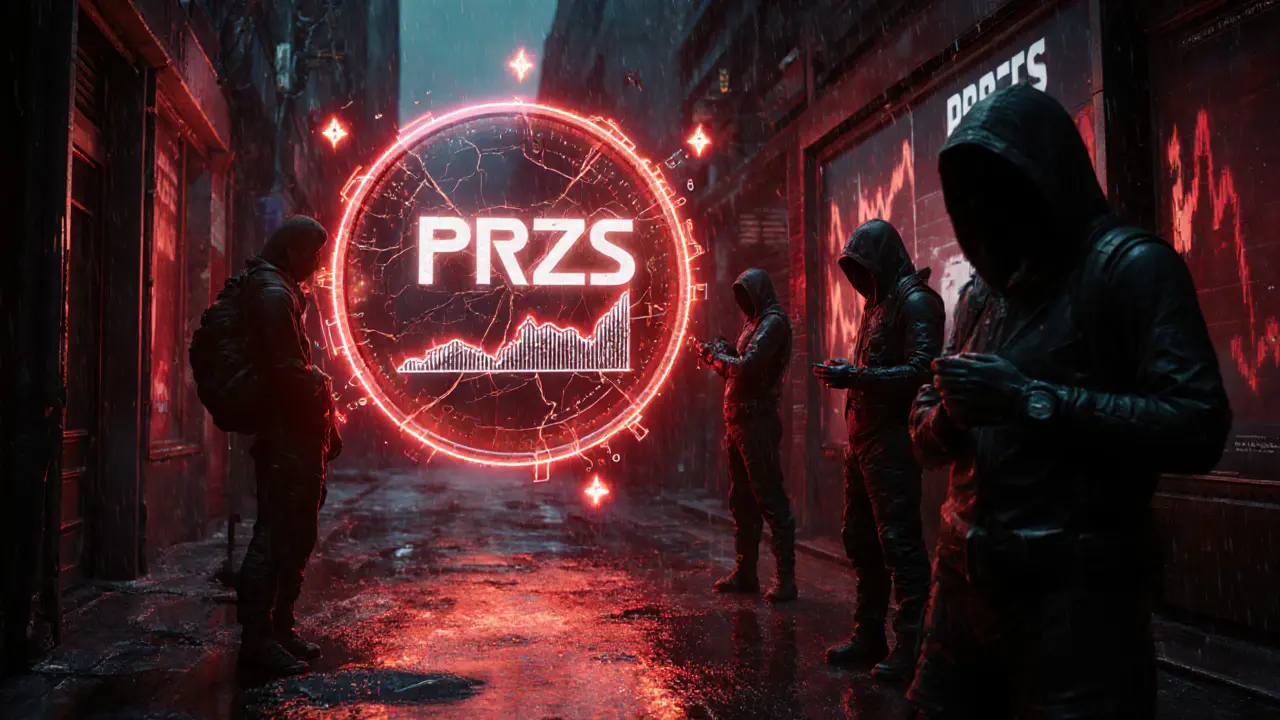Perezoso (PRZS) is a low-liquidity meme token on Binance Smart Chain with no team, no utility, and almost no trading volume. Learn why it's a high-risk speculative asset with a near-zero chance of survival.
Low Liquidity Crypto: Risks, Scams, and What to Watch For
When you hear low liquidity crypto, a cryptocurrency with so little trading activity that buying or selling it causes wild price swings. Also known as low volume crypto, it’s often the reason people lose money chasing quick gains that vanish in minutes. These tokens don’t move smoothly like Bitcoin or Ethereum. They’re like trying to sell a rare baseball card in an empty room—there’s no one to buy it, so the price drops the second you try to cash out.
Decentralized exchanges, platforms like Uniswap or Curve where trades happen directly between users without a middleman make low liquidity crypto easier to create, but not easier to trade. Anyone can launch a token with a few clicks, dump it into a liquidity pool, and call it a project. But without real buyers, that pool dries up fast. Tokens like CHY, a token tied to a fake airdrop with zero trading volume and no real use, or PumaPay (PMA), a once-promising payment protocol that collapsed and lost 99.9% of its value, are textbook examples. They’re not failures—they’re often designed to fail after the creators cash out.
Low liquidity doesn’t just mean slow trades. It means slippage, fake volume, and rug pulls. You see a token up 200%? Chances are, five people bought it and the rest are bots. Crypto scams, fake platforms like MoonDex or Dexko that look real but exist only to steal your funds thrive in this space because no one’s watching. These aren’t speculative bets—they’re gambling with no safety net. Even if a token has a cool name or a flashy website, if you can’t find it on major exchanges or if its trading volume is under $10,000 a day, it’s not a crypto asset. It’s a lottery ticket with terrible odds.
Some people chase low liquidity tokens hoping for the next big meme coin. But most of those coins are either dead on arrival or already dead. The ones that survive? They’re the exceptions. The rule? Low liquidity means low trust, low transparency, and low chance of recovery. If you’re looking to trade, stick to tokens with real volume, clear use cases, and active communities. The rest? They’re not investments. They’re exit strategies for someone else.
Below, you’ll find real stories of tokens that vanished, platforms that lied, and airdrops that were just marketing stunts. Each one shows how low liquidity crypto isn’t a hidden gem—it’s a trap waiting to be sprung.

